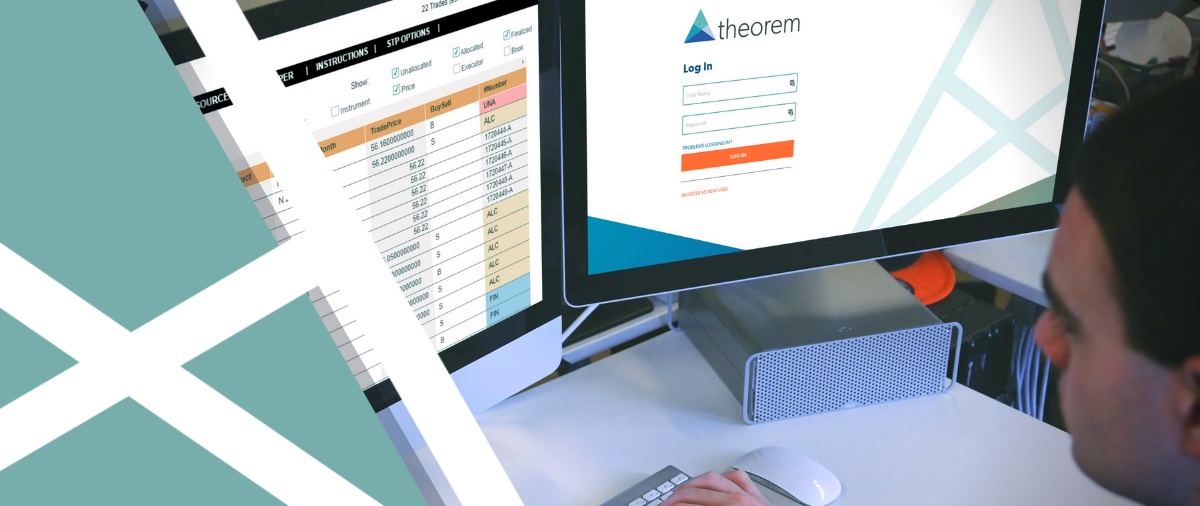For financial services firms, a well-designed web portal is an essential component of success. In today’s digital world, clients value transparency and rapid, convenient access to data. Moreover, investors want access in a format that meets their individual needs. The ubiquity of mobile communication means that your portal must be compatible with and easily viewable on every type of device – iPhones, iPads, Android phones, and tablets as well as on desktop computers. Clients must also be assured that the personal information they enter and sensitive documents they access through the portal will remain secure. A well-designed web portal that is attractive and easy to navigate, as well as secure, can be one of the most important tools a firm deploys in enhancing client satisfaction. There are six fundamental points to keep in mind when building a web portal.
Not all users want to log in.
Client preferences in accessing data can vary widely. For example, 48% of our clients log in through their portal to request reports while 52% require data to be sent to them automatically bypassing portal log-ins. A web portal needs to offer sufficient flexibility to satisfy both user groups. Bi-directional automation engines can connect with external systems to send and retrieve data securely. The more convenient the automation, the less necessary it becomes for clients to log in through the portal. Reliable data feeds are an essential part of many client business processes, and automated feeds can increase efficiency.
Users can suffer from notification fatigue.
Thanks to the miracle of push technology, clients are bombarded with alerts that demand their attention. A surfeit of notifications has opposite the intended effect: users tune out. Clients need relevant information. They don’t need to receive a deluge of data just because it’s available. A well-designed portal allows clients to control the flow of data they receive by establishing a set of rules.
Build the portal with flexibility in mind.
Technology companies want to offer products that meet each client’s specific needs. However, that can come at a cost when important clients want highly specialized data applications. By building in flexibility from the get-go, clients have the opportunity to enjoy a more bespoke experience. Offer the opportunity for clients to access the data they need independently, but make sure that there is a customer service option as well. No one wants to do more work to less effect. Consider the example of grocery self-service checkouts: the customer does more work to enable the grocery store to save money. That’s not a model to emulate.
Design should encourage collaboration.
Make your web portal more powerful by facilitating cooperation. Clients should be able to create and control user groups, nominate administrators, and encourage employees to collaborate, all while ensuring an appropriate level of information security.
Be mindful of the user experience.
Your web portal should be designed in a way that will be accessible to every user, even though users will have different requirements. While it’s critical to understand who your users are and ensure that all of their needs are met, the design should be significantly flexible and intuitive to make it universally accessible.
Security is always a priority
Data security is always a vital concern, and a portal should be built with that in mind. A stringent password policy is an important part of data protection. Measures such as two-factor authentication are essential, but that’s only one piece of the puzzle.
Security means that you have strong data-at-rest and data-in-transit policies as well, and a strong focus on implementation and deployment. Finally, don’t overlook the possibility of a data breach or other interruptions. Even the most stringent measures sometimes fail, and every company needs a continuity plan that applies to both personnel and technology.
Creating a web portal that offers clients a comprehensive hub for useful tools, relevant information, and vital data is one way a firm can add significant value for clients. Your web portal plays a significant role in enhancing the customer experience and building your brand, so make sure to devote ample resources – financial, technological, and human – to ensure a result that will enhance your business.
___
About the Author
Rebecca Baldridge, CFA, is an investment professional and financial writer with more than 20 years of experience in creating content and research for asset managers, investment banks, brokers and other financial services clients. She’s worked for some of the biggest names in the industry, including Merrill Lynch Asset Management, JP Morgan Asset Management, BNY Mellon and Franklin Templeton. Rebecca also spent 9 years as an analyst and director of equity research in Moscow, working for several Russian banks. In late 2019, she founded Quartet Communications, a boutique communications firm serving financial services clients. Her writing has been published in outlets including Pensions & Investments, MSNBC.com, Inc. magazine, and Investopedia.com. She holds a B.A. in Russian from Purdue University and an M.S. in Finance from the Krannert Graduate School of Management at Purdue.
